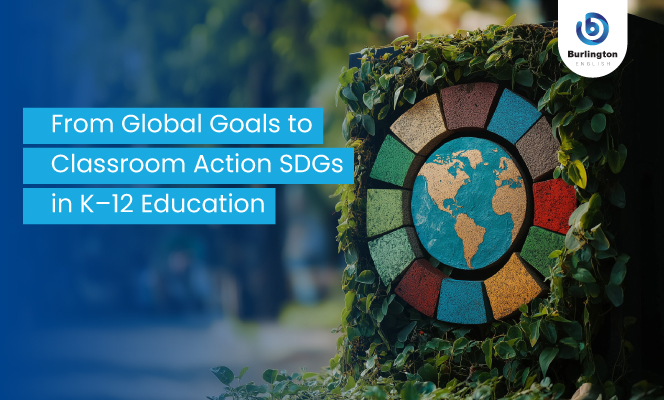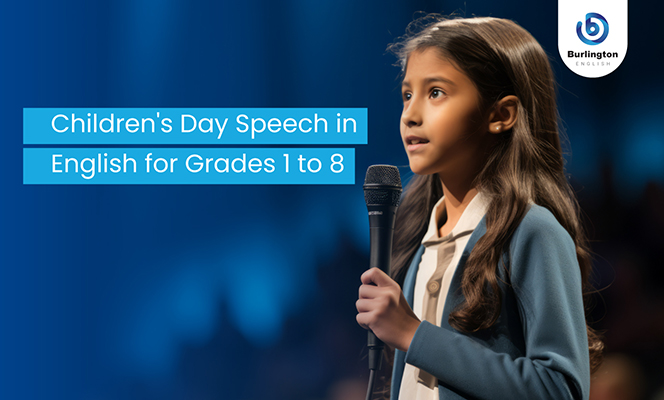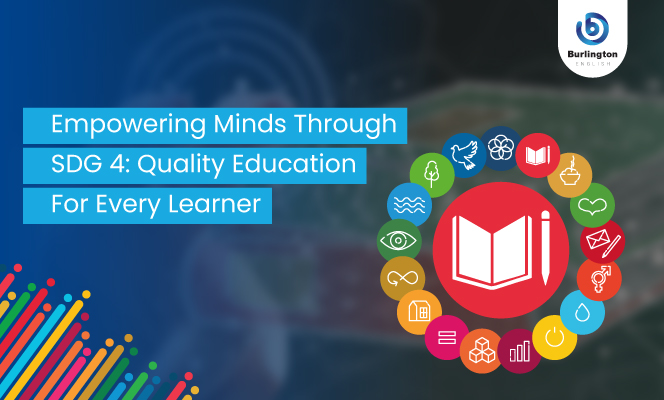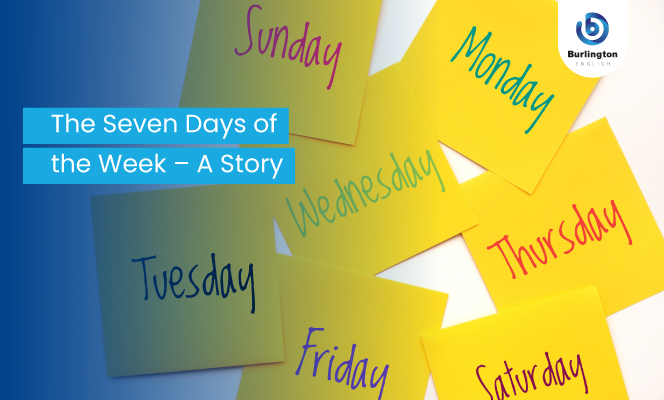What are the SDGs, and why do they matter in education?
The Sustainable Development Goals (SDGs) comprise 17 goals laid out by the United Nations to create a better and more sustainable world by 2030. These goals are thoughtfully created; each addresses critical issues like poverty, inequality, climate change, and education. These goals have not been created in isolation but are deeply interconnected, so when progress is made in one area, it generates a positive impact supporting the progress of others.
SDGs are especially crucial for schools and educators because instilling these values and principles in young minds is key to creating a lasting change in society. Classrooms are the catalysts for change. Incorporating SDGs in K–12 education will not only transform learning but will also create positive change with a larger social impact. After all, this approach will equip students with the knowledge, skills and value systems needed to create an equal world.
SDGs are in line with ancient Indian philosophy
The values SDGs aim to promote are also part of the ancient Indian philosophy. Consider the Sanskrit sloka “Sarve Bhavantu Sukhinah” which can be traced back to the Garuḍa Purāṇa and in Bhavishya Purāṇa. It means ‘May all be happy’. It is closely associated with SDG 3: Good Health and Well-being, which promotes the idea of universal well-being and state of happiness. It eventually led to SDG 16, which focuses on establishing a peaceful society. Another example is the sloka from Mahopanisad, “Vasudhaiva Kutumbakam”, meaning ‘The world is one family’. It aims to achieve a harmonious society and global unity, mirroring SDG 17’s emphasis on global partnerships and cooperation.
Similarly, “Tamaso Ma Jyotirgamaya”, a sloka from the Pavamāna Mantra, means ‘Lead me from darkness to light’. It encourages mankind to move from ignorance to knowledge and light, aligning directly with SDG 4 aiming for inclusive and quality education that creates righteous and just individuals. Such timeless wisdom, indirectly aligned with the SDG vision, shows that working for sustainability and justice would bring us closer to our roots and traditions.
Interconnected goals in action: A village school story
To understand the impact and interconnectedness of SDGs, imagine a small school in a drought-prone village. Now, to promote education, local government bodies and NGOs help the school install a solar-powered water purifier. It not only provides students with clean water but leads to multiple positive outcomes such as less sickness, better health, greater attendance, better bonding among students, greater focus and teamwork and continuous education. Therefore, one thoughtful act leads to achieving multiple goals such as SDG 6: Clean Water, SDG 7: Clean Energy, SDG: Good Health and Well-being, and SDG 4: Quality Education.
The takeaway from this example is simple and clear: an action on one front often not only solves one problem but creates a chain reaction leading to attaining multiple goals with an overall community upliftment outcome.
Important SDGs for K–12 education
While all 17 goals are equally significant, some stand out specifically for the K-12 education segment. These are:
SDG 4 (Quality Education): Ensuring inclusive, future-ready learning that empowers every student.
SDG 5 (Gender Equality): Providing equal opportunities for all genders and challenging biases in schools.
SDG 9 (Industry, Innovation and Infrastructure): Fostering creativity, technology use, and problem-solving for sustainable development.
SDG 10 (Reduced Inequalities): Reaching every child, regardless of background or ability, with quality education and resources.
SDG 13 (Climate Action): Educating students about sustainability and modelling eco-friendly practices on campus.
SDG 17 (Partnerships): Collaborating with communities and organisations to enhance learning and drive change.
Integrating SDGs into curriculum, culture, and policy
To make SDG an integral part of our educational offering, we need to align these principles and goals with what we teach (curriculum), how we operate our institutions (culture), and which guidelines we follow (policy) to promote holistic education. This means we need to align our curriculum with real-world problems, establish a culture of innovation, sustainability, and inclusion, and create or adopt policies that enable unity, equity, and a sense of community.
India’s National Education Policy 2020 is a perfect example of this unification, reflecting many SDG themes. It exemplifies how a more aware and sensitive race is created when curriculum, culture, and policy are in harmony. The focus is not on development with a limited perspective or urbanisation but on sustainable development with multiple positive impacts.
Humanising the goals through storytelling
To truly connect students with the SDGs, we need to change our approach and stop telling them what they should do. It can feel overwhelming. Instead, we can use the power of storytelling. Stories help make these big global goals feel achievable and possible. They also show children clear ways of how they can help. Teachers can share local stories, such as how a student started a recycling drive or made minor changes to adopt recycling as a lifestyle. This way, students will feel more encouraged and be clear on how to begin. It also makes them emotionally connected to the cause. This emotional connection transforms the SDGs from distant ideals into tangible realities.
From vision to action: Steps for educators and schools
Ultimately, the key question is not what the SDGs are, but how our actions can lead to achieving these markers. Every teacher, curriculum designer, school leader, educator and policymaker can join in this mega project in the following way:
Making SDG principles part of everyday learning and school activities.
Lead or support local initiatives like starting a plantation drive, recycling program, or creating a school garden.
Adopt and apply equitable, green policies in the class, school and beyond.
We have set 2030 as the year to achieve the said goals. However, if we come to think of it, 2030 is not far away. Therefore, we are in urgent need of action, and schools have a vital role to play in this action plan. Let this be a decade of purpose-driven action, where educators and students turn great goals into smaller steps and doable actions. I strongly believe in the power of unity, community and cooperation. If we all step into this together, we can turn challenges into opportunities and teach our students how to create a better and sustainable future.
By Ashok Pandey
SDGs Advisor, Burlington English | Author | Education Leader







